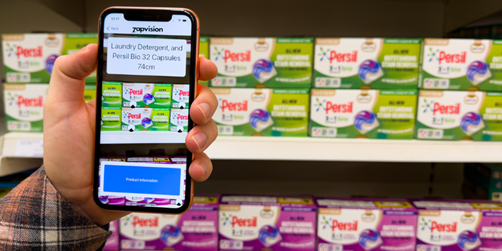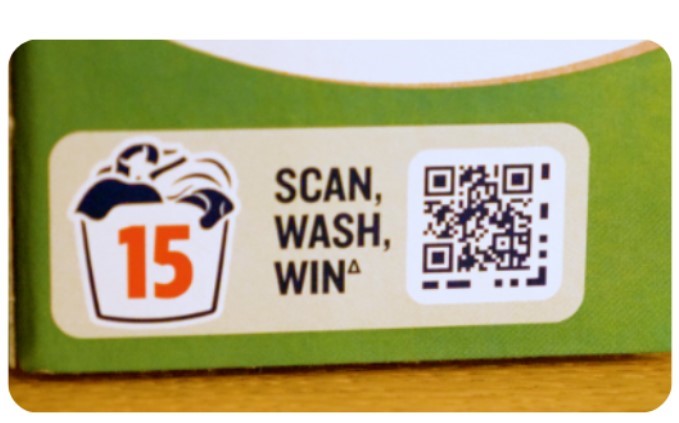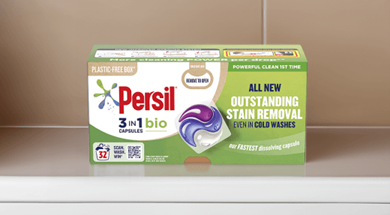QR codes are ubiquitous in today’s world. From stickers and posters to TV advertisements and billboards, these quick-scan options have been around for nearly 30 years and are used by almost every company to get people to learn more about a product or service.

Companies like Unilever and Coca-Cola are starting to put QR codes at the center of their connected pack strategies. A QR code turns passive product packaging into an always-on digital and direct conversational channel with their end customers both at point of sale and point of use.
But not all QR codes are created equal.
The Power of Accessible QR
According to the World Health Organization, an estimated 2.2 billion people have near or distance vision impairment, and 284 million people are partially sighted, making finding relevant product information in store and at home a significant and everyday challenge.
Accessible QR codes can help people who are blind and partially sighted better access product information. By simply adding a series of dots and dashes around one corner of one side of a standard QR code, it gives people who are visually impaired the ability to tap into apps such as VoiceOver assistance or others that help people better understand the product or service.

An accessible QR code also houses the ability for apps featuring an SDK called Zapvision to recognize these same codes from greater distances and use the accessibility features on the device.
One Code, Accessible to Everyone
According to a recent article on Zappar.com, accessible QR codes benefit brands by:
- Being cost effective: Minimizing production costs is crucial, and accessible QR codes use only two colors for printing — reducing overall costs significantly.
- Ease of implementation: Accessible QR codes can be rolled out without any additional effort or space because it is already part of digitized packaging.
- Little disruption to current brand real estate: Using an accessible QR code keeps packaging simple, streamlined and fully branded — for sighted individuals as well as those who are blind and partially sighted.

How do accessible QR codes work? Here’s a short video from Zappar that shows how an accessible QR code and a simple iPhone app can help those with visual impairments gain valuable product information.
This is a win not only for consumers with sight loss but for the brand as well.
